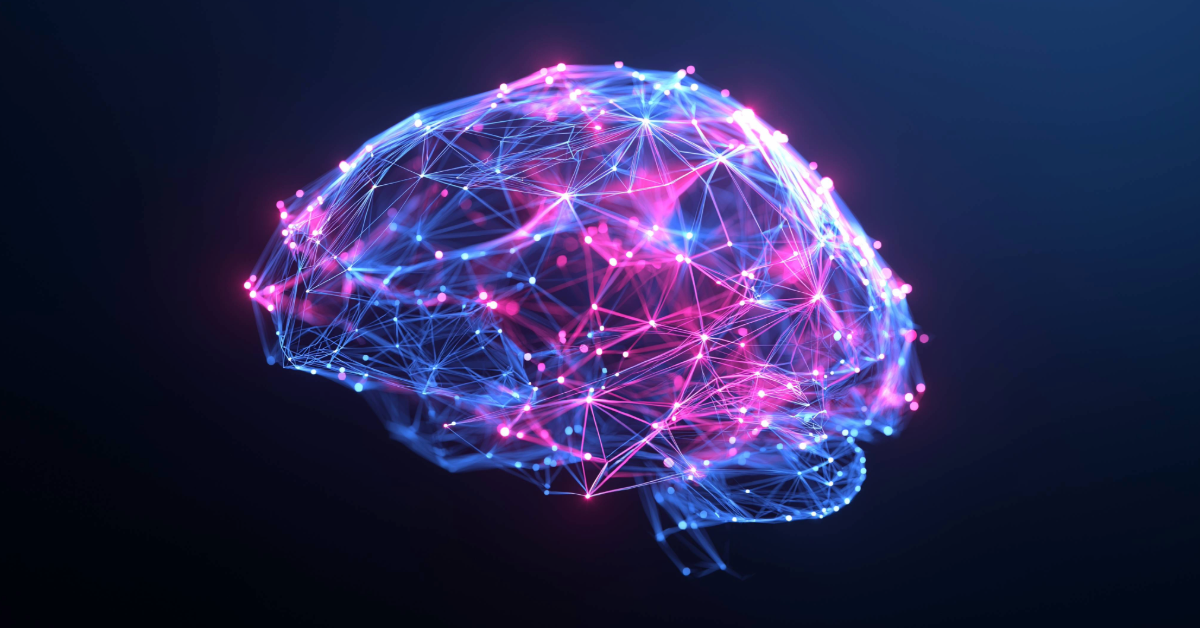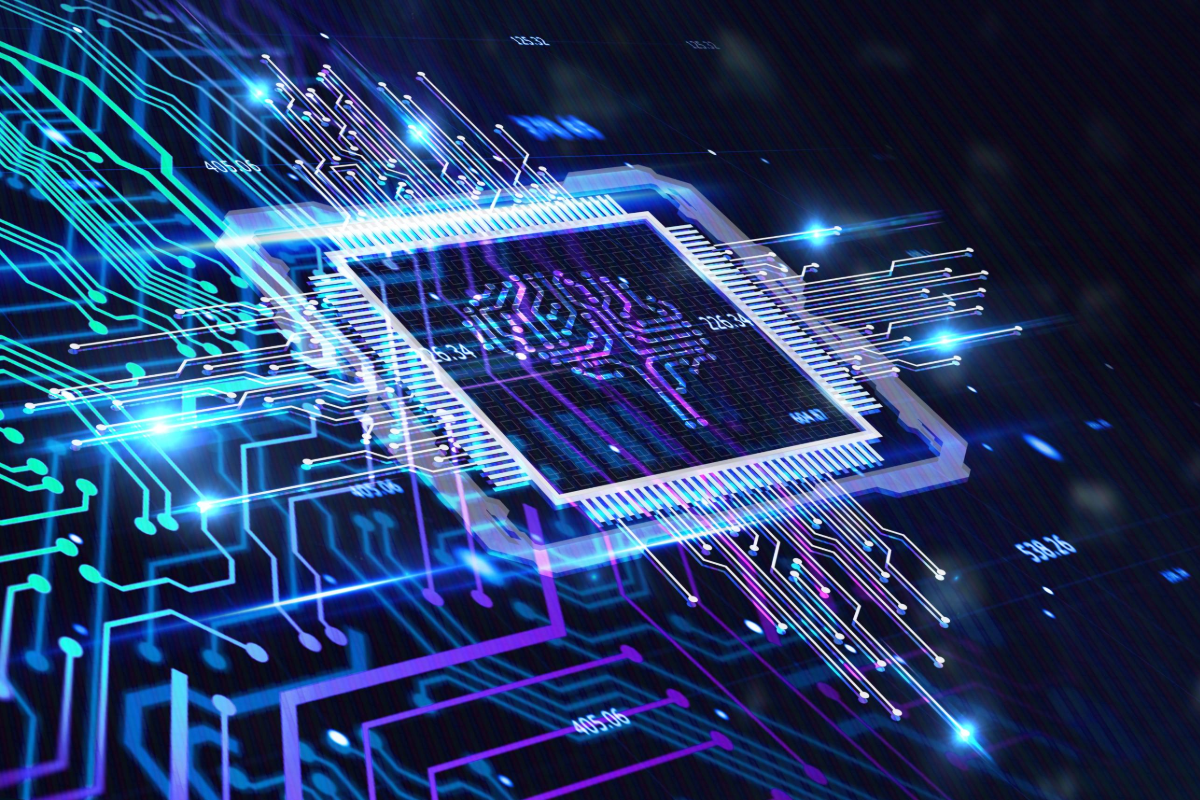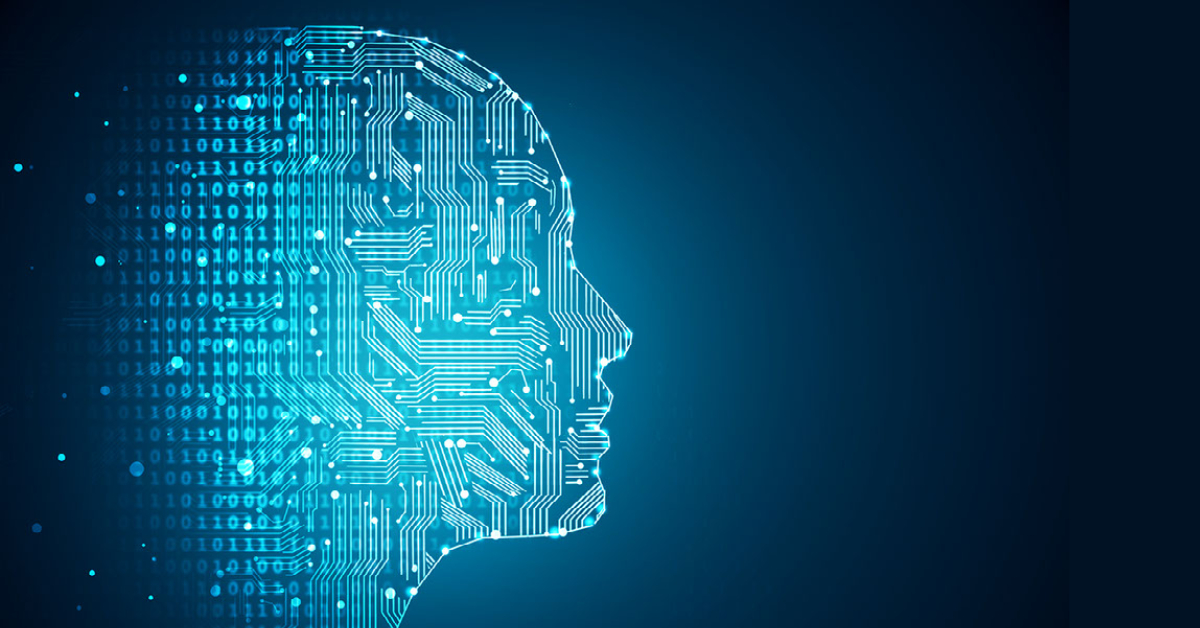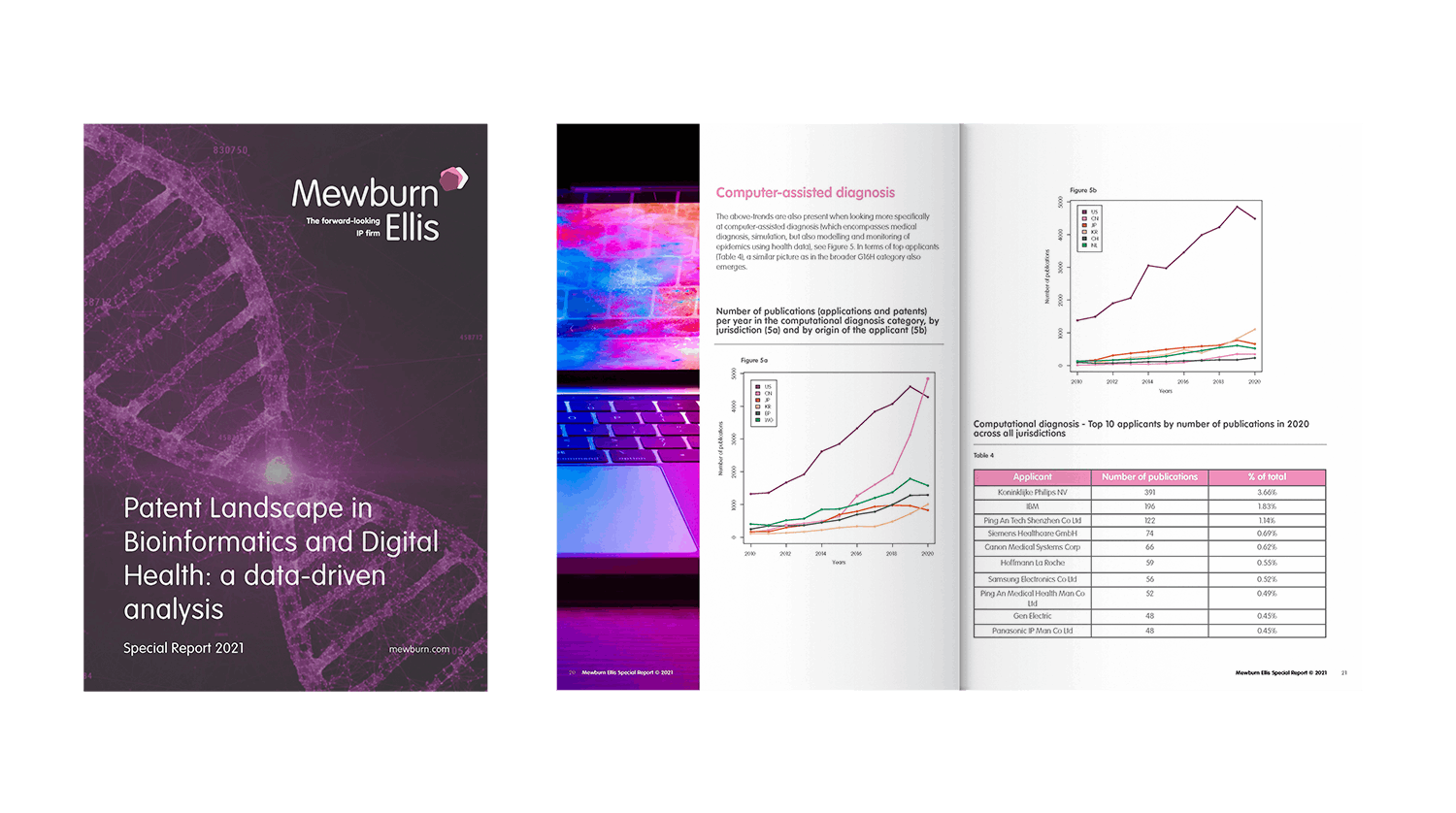Artificial Intelligence (AI) is the simulation of human intelligence that arises when machines are programmed to mimic cognitive functions such as learning, problem solving, and decision making.
Our daily lives are now full of AI driven enhancements, from voice activated virtual assistants to predictive algorithms that shape our online interactions. The explosion in AI in recent years has redefined the boundaries of what technology can achieve, propelling us into an era where intelligent systems augment human capabilities to enhance efficiency, creativity, and problem solving, across a wide range of commercial sectors.
In the software sector, AI streamlines processes, for example, by automated coding and bug detection. In the healthcare sector, AI facilitates diagnostics, personalized treatment plans, and drug discovery, ushering in an era of tailored medical solutions. In the automotive sector, AI underpins improvements in driver assistance features such as adaptive cruise control, lane-recognition, and collision avoidance. The future of AI holds exciting prospects, with continued advancements across these sectors and many more.
/EMMA%20GRAHAM-1.png)





/CHRISTOPHER%20CASLEY-1.png)
















.png)




